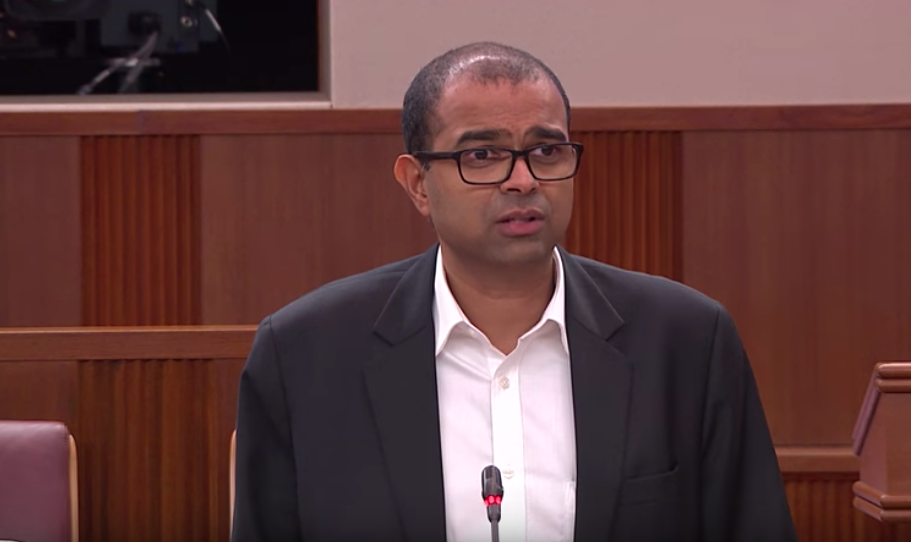New regulatory framework for ride-hailing apps like Grab by June 2020

SINGAPORE — The 45,000 vehicles deployed by ride hailing apps such as Grab, Go-Jek and Ryde will soon be included alongside those of taxi operators under a new regulatory framework for the point-to-point (P2P) transport sector.
This includes licensing requirements for operators with a fleet size of more than 800 vehicles, and the extension of safety regulations for taxi operators to all ride-hail service operators.
License applications will begin in February 2020, while the new framework will take effect in June 2020.
Operators with less than 800 vehicles on their platform will be exempted from the licensing requirements.
Senior Minister of State for Transport Janil Puthucheary made the announcement in Parliament on Tuesday (6 August) before the P2P Passenger Transport Bill was passed.
Besides licensing PHC booking service operators, the Land Transport Industry (LTA) will regulate P2P operators based on whether they provide street-hail or ride-hail services.
Among the safety regulations that will be imposed, LTA will track the number of accidents and driver offences that involve a particular operator when one of its drivers encounters an accident. Drivers can be penalised through regulatory sanctions such as a general suspension order, if need be.
The Bill also gives LTA powers to issue emergency directives to all P2P operators. For example, the agency can prohibit operators from using vehicle models which are found to be defective and pose safety risks.
The Public Transport Council will also be empowered to regulate private-hire car (PHC) fares with the new rules, on top of its current oversight of taxi fares.
In 2018, there were 127 million PHC rides and 149 million taxi trips, according to official figures. Currently, about 6 per cent of all journeys are completed on taxis or PHCs, which make up the P2P sector, Dr Puthucheary noted.
With about 65,000 taxis and PHCs on the road, commuters now enjoy shorter waiting times for both street-hail and ride-hail trips, he said. “The waiting time for a taxi booking has fallen by about 2 minutes between 2016 and 2018, to just under 7 minutes. Dynamic fares have also allowed better matching of supply and demand.”
This is a significant improvement from 2013, before ride hailing platforms entered the market. At the time, P2P services were delivered primarily by some 28,000 taxis. “Long wait times and a lack of available taxis, especially during peak hours, were common complaints.”
More Singapore stories:
Over 15,000 Singaporeans residing in Hong Kong, none injured by protests: Vivian Balakrishnan
2 Malaysian women who tried to smuggle man in car boot out of Singapore caught
Rag-and-bone man allegedly murdered coffee shop worker in Geylang over staring incident


